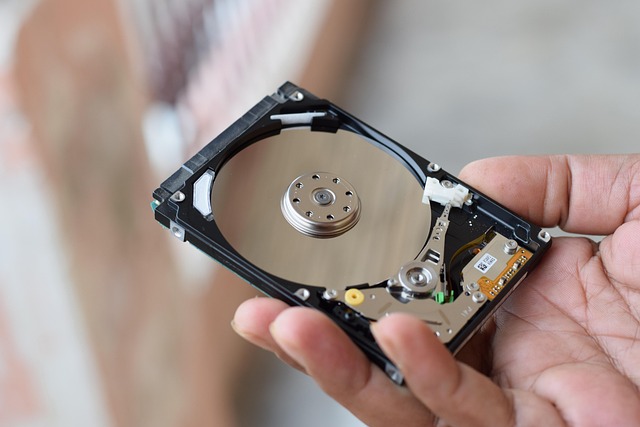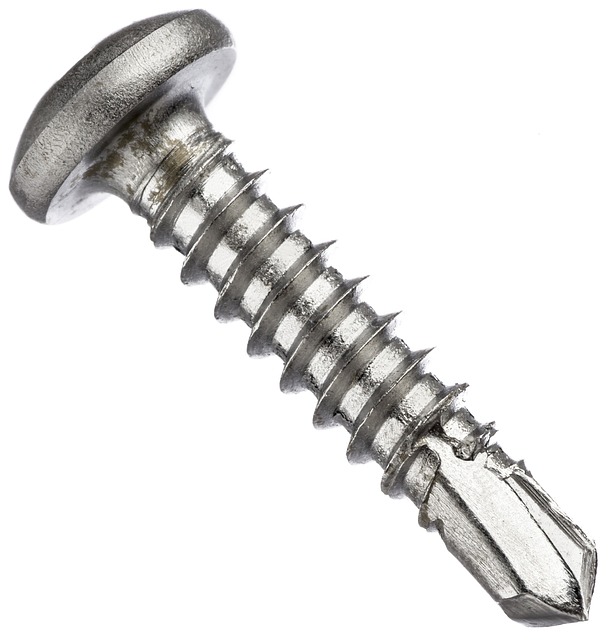Outdated or faulty hardware like storage devices, power supplies, or RAM can cause slow boot times, unexpected shutdowns, and crashes. Simple hardware replacements such as upgrading to an SSD or installing a compatible PSU, along with regular cleaning, software updates, and backups, significantly improve system performance, stability, and longevity. In Leander, identifying your computer's issue and choosing the right upgrade (e.g., RAM replacement, PSU upgrade) can be effective do-it-yourself solutions that don't require professional help.
In today’s digital world, reliable computer performance is paramount. If your Leander machine is facing hardware glitches or you’re looking to upgrade components, this guide is your go-to resource. We demystify common hardware issues and provide simple, effective quick fixes for common problems. From identifying faulty parts to performing safe and successful upgrades, learn how to empower yourself with basic computer repair skills, saving time and money while enhancing your tech knowledge. Discover the secrets to efficient hardware replacement and maintain a top-performing machine.
- Understanding Common Hardware Issues and Their Quick Fixes
- Step-by-Step Guide to Simple Upgrades and Replacements
- Best Practices for Safe and Effective Computer Maintenance
Understanding Common Hardware Issues and Their Quick Fixes

Many computer issues stem from hardware problems, which can be frustrating for users unfamiliar with technical repairs. However, several common hardware issues have straightforward solutions that anyone can attempt as quick fixes. One of the most prevalent hardware replacement scenarios involves faulty or outdated storage devices like hard disk drives (HDDs) and solid-state drives (SSDs). If your computer struggles to boot up or experiences slow performance, swapping out an HDD with a faster SSD could significantly improve its operation.
Another frequent issue is failing power supplies, which can cause unexpected shutdowns or system instability. A simple hardware replacement here involves acquiring a compatible PSU and installing it, ensuring your computer receives a stable power source. Additionally, aging or damaged RAM modules can lead to random crashes and performance dips; replacing these components with new ones from a trusted brand is an effective quick fix for memory-related problems.
Step-by-Step Guide to Simple Upgrades and Replacements

Secret Simple Computer Repair Leander: Quick Fixes for Hardware Upgrades and Replacements
When it comes to computer repair in Leander, simple hardware upgrades and replacements can go a long way in boosting your machine’s performance. Before diving into any complex troubleshooting, consider these straightforward steps for common hardware issues. First, assess the problem at hand—is it a slow computer, persistent crashes, or frequent overheating? Identifying the root cause will guide you to the right upgrade or replacement parts.
For instance, if your computer is running slowly due to outdated memory (RAM), a simple upgrade to higher capacity RAM modules can significantly improve performance. Similarly, replacing an old, inefficient power supply unit (PSU) with a newer, more powerful one ensures stable energy delivery to all components, enhancing overall system stability. These quick fixes, often overlooked yet effective, are within the reach of many users and can transform your computer’s functionality without needing professional help.
Best Practices for Safe and Effective Computer Maintenance

Regular maintenance is key to keeping your computer running smoothly and extending its lifespan, especially when considering frequent hardware replacements. Start by developing a structured routine for cleaning; inside and out, remove dust and debris that can accumulate over time, blocking vents and potentially causing overheating. This simple step significantly improves airflow and component longevity.
Additionally, keep software up-to-date, as updates often include stability improvements and security patches to protect against emerging threats. Backups are another best practice; regularly save important data and system files to an external drive or cloud storage. In the event of a hardware failure or system crash, having backups ensures minimal downtime and data loss during replacement processes.
Leander’s secret to efficient computer repair lies in understanding common hardware issues and implementing straightforward fixes. By following a step-by-step guide, even minor upgrades and replacements become manageable tasks. Adhering to best practices ensures safe and effective maintenance, keeping your computer running smoothly with minimal hassle. Remember, timely hardware replacement is key to maintaining optimal performance.
